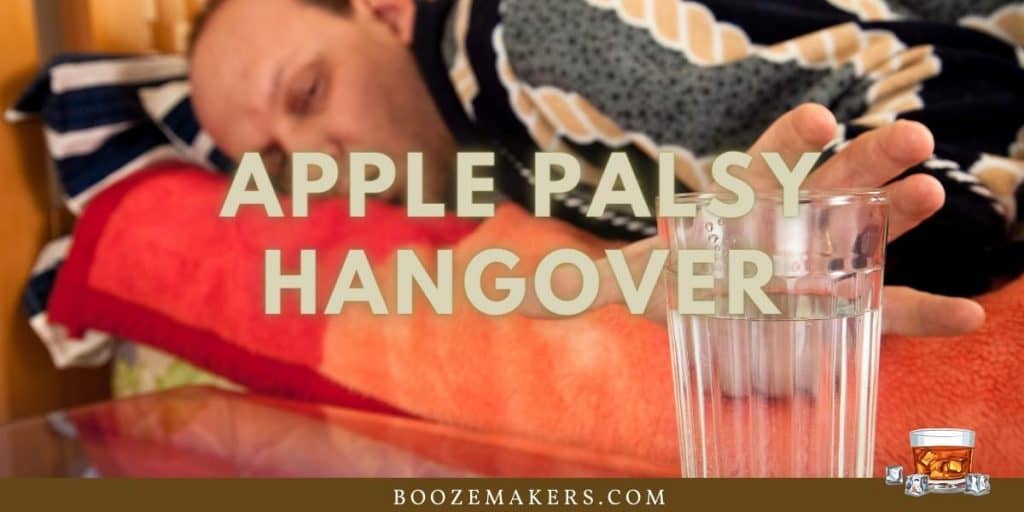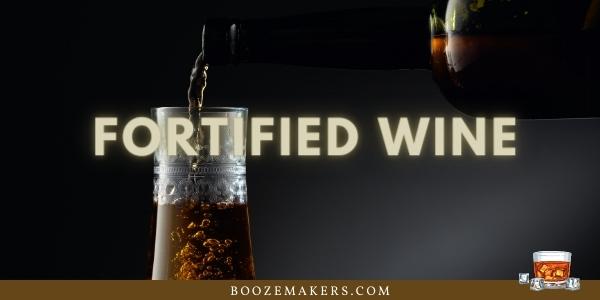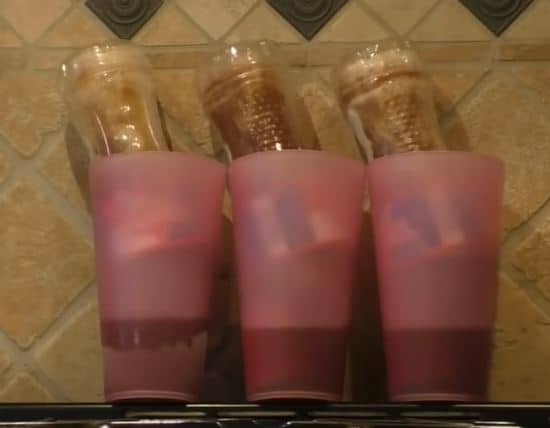Even though it is technically a condensation and not a distillation process, the term freeze distillation has caught on with hobby distillers around the world. Freeze distilling is the process of making liquor without a still by freezing an alcoholic drink or a fermented mash. Thanks to the differing freezing points of water and alcohol, the latter can be drained from the ice in the defrostation process.
This process has become more popular thanks to the Discovery TV show Moonshiners.
How does freeze distillation work?
The underlying principle of the ice distillation process is the different freezing points of ethanol and water. While water freezes at a temperature of 32°F (0°C), ethanol has a much lower freezing temperature at -173.4°F (-114.1°C).
Since the ethanol, oils, and water in an alcoholic drink form a dilute solution, it’s not possible to just bring it to a temperature of less than 32°F (0°C) to freeze the water and remove it from the mixture.
The differences in the freezing points of the different liquids are most apparent in the defrostation process. So in freeze distilling, the liquid that contains alcohol is completely frozen and then left to slowly defrost. In the defrostation process, ethanol and other flavor components defrost earlier and are drained out of the frozen liquid.
History of Creating Applejack
Even though this simple process of making liquor has probably been around for thousands of years, the first accounts of freeze distillation go back to the second part of the 18th century. Colonialists in the Northern United States would store their hard cider outside during the cold winter nights. Once the ice block started to defrost during the daytime, they soon discovered that the liquid inside their barrels was much stronger than the normal hard cider. And they liked it. The colonialists named the process of distillation through the ice “jacking”. Hence, the applejack was born.
Since the “jacking” process, as opposed to the normal distillation process, does not remove any potentially harmful substances from the mash, the normal distillation process is mostly used today to produce applejack.
Health risks of freeze distillation
A fermented solution, such as hard cider, usually contains a mixture of ethanol (drinking alcohol), methanol (toxic alcohol – that stuff that makes you go blind, if you consume enough of it), fusel alcohols (the headache stuff), and volatile oils (not toxic but they add a bad taste to the liquor).
In a normal distillation process with a still, the methanol evaporates first, at a lower temperature than ethanol. These byproducts are called the “foreshots” and “heads”. In the distillation process, these are discarded and they are not part of the final product anymore.
Since there is no evaporation in the freeze distillation process, these potentially harmful by-products remain in the final product. To be clear: the absolute amount of these substances is the same in the cider as in the applejack but the concentration is higher. So as long as you drink a normal amount of freeze-distilled applejack, there isn’t a higher risk than drinking a glass of hard cider.
The apple palsy hangover

But since it is much easier to drink a little too much of a stronger liquor, the infamous hangover of freeze-distilled applejack has got its own name and is called “apple palsy”. An apple palsy is an especially strong hangover with severe headaches caused by the consumption of applejack. It is caused by the high concentration of methanol and fusel alcohols.
Therefore, you should only use the freeze distillation process, chemically known as fractional freezing, with commercially produced alcoholic bases. These can be apple cider, wine or beer since they contain low levels of methanol and other harmful substances.
Legal status of freeze distillation
The legal status of freeze distillation in the U.S. and most other western countries is somewhat disputed. In the U.S. federal law deems any form of distillation illegal. But even though we call it “distilling” in this post, freeze distillation is basically just a concentration of alcohol. It is therefore not explicitly illegal. But as goes for any kind of hobby distilling activity: do not try to sell the product and do not talk to the wrong people about it and you will most likely be ok. The government is not hunting anyone who is making the occasional bottle of liquor for themselves.
You can find more information about the legal status of distilling in your state here.
Freeze distillation: A step-by-step guide to make fortified wine

Despite the ongoing discussions about legality and safety, freeze-distilling is still a great way to fortify a drink. And keep in mind: a liquor derived from a bottle of wine contains the same amount of “bad” alcohol as the bottle of wine itself. So if you would put your body through the risk of drinking a bottle of wine, you can enjoy the condensed stronger derivate without any other safety concerns.
And since the ice distillation process doesn’t filter out by-products, most of the flavor and color components will remain in the final product. Hence, the resulting drink will be stronger, more colorful, and more flavorful.
But now we will share our recipe to produce fortified wine with you. Learn how to turn a bottle of rose wine into 13 ounces of flavorful fortified wine with 24-25% ABV.
The Freeze Distilling Process
- Pour a bottle of wine (preferably rose, but red or white is also possible) in a drinking bottle
- Don’t close the cap of the bottle. Liquids expand during the freezing process and a closed cap can break your bottle and mess up your freezer.
- Place in the freezer at 0°F (-18°C)
- Leave in the freezer for a full day (or until frozen solid)
- Now you will have a solid frozen block of ice
- Turn the bottle upside down. Place it inside a larger container and make sure that liquids can still flow out of the bottle. I’d recommend to place an item into a large cup that will block the bottle from touching the bottom of the cup. You can see it on the picture below.
- Put the cup with the bottle in the fridge so it can drain slowly. Leave for 1-2 hours. Check on it every now and then and drain any liquid in the cup occasionally. Once the remaining ice is almost completely colorless, the process is finished. This is because the alcohol and flavor contents that contain the colors start to meld and run into the bowl.
- Pour the liquid from the cups into a storage bottle and discard of the ice.

Now you have a nice fortified wine. You have distilled wine into a flavorful drink of around 24-25% ABV. If you want to increase the strength of your drink, you can repeat the process 3-4 times until it won’t freeze anymore in a conventional freezer. This means that your distillate has reached around 35% ABV.
Check out this post to find out the freezing temperatures of different alcoholic drinks.
As you’ve seen, distilling alcohol by freezing is a great way to make liquor at home without a still. It allows you to create your own amazingly tasting fortified wine or applejack.




[…] The fact that alcohol and water freeze at different temperatures is also used in the commonly called freeze distillation process, or freeze concentration process. During this process, a fermented liquid is frozen at a temperature below 32°F (0°C). During the defrostation process, the alcohol and flavor components will liquidify before water does. All you need to do is to collect the liquids and discard the leftover ice – which is mostly water. This is a great way to “distill at home” without the need of a still or heat. You can check out our post about freeze distilling here and learn how to create some great fortified wine at home without a still. […]
[…] you want to distill wine without a still? Check out our post about freeze distillation and how to distill wine without a still. Follow our recipe to create a great and falvorful fortified […]